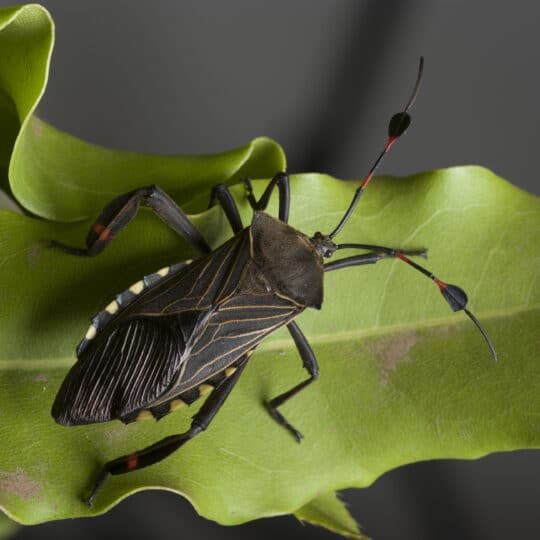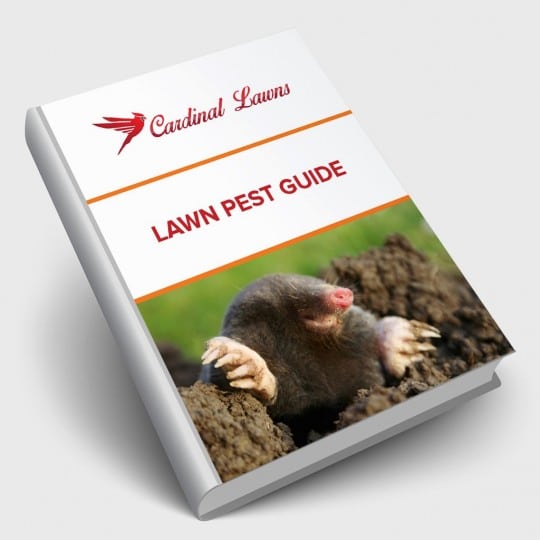Signs of Chinch Bugs
And How to Control Them
Posted
June 23, 2022

Summer is here, and with it comes longer, hotter, buggier days. If you’re finding dead patches of grass in your lawn, it could be because of the hot, dry weather. But it could also be because of hungry chinch bugs. Learn more about the signs of chinch bugs and how to prevent or control them.
Signs of Chinch Bugs
Chinch bugs are a common lawn pest throughout the northeastern states. Since they’re less than an inch long, you may not see them before they infest your yard. You may notice the destruction first. They pierce grass blades and suck out the juice. Chinch bugs also release a toxin during this process, giving your yard that one-two punch. This ends up looking like scattered spots of dry, dead grass that eventually spread and form larger areas of damage.
Since this happens in the summer heat, it’s often mistaken for drought damage. Naturally, homeowners start watering their lawns more thinking it will solve the problem. But more water won’t help an insect infestation. If you’re already watering your lawn regularly and still find yourself with dry, dead grass, chances are you’re dealing with bugs.
To be sure, you can look at the edge of the damaged area. You’ll have to look closely near the base of the blades. Look for any signs of movement. Adult chinch bugs are black and may have white wings. Younger bugs are either orange, red, or black with a white stripe. You can also make a trap out of a metal can. Cut the top and bottom off and push it down into your grass to make a seal. Fill with water and watch for any bugs that float to the surface.
Chinch Bug Control
There are ways to help prevent and control chinch bugs in your grass, especially if you have the type they typically like, including:
- Bentgrass
- Fine fescues
- Kentucky bluegrass
- Perennial ryegrasses
- Zoysiagrass
Chinch bugs also love to hide out in thatch. They can even spend the winter in these thick layers of dead grass, debris, and surrounding shrubs. So the best way to help prevent an infestation is to keep your lawn healthy by:
- Dethatching.
- Keeping it mowed to the right height.
- Properly water on a regular schedule.
If you do end up with chinch bugs, there are a few ways to get rid of them.
- Invite natural predators like ground beetles and any big-eyed bugs.
- Treat with insecticide. You’ll want to rid your lawn of as many bugs as you can before they reproduce in the late summer. A few treatments may be needed to reduce the population.
- Repair dead spots. Since bugs are attracted to stressed grass, you’ll want to restore your lawn and maintain its health for future pest prevention.
Contact the lawn care experts at Cardinal Lawns to help identify chinch bugs, control any infestation, and prevent future pest problems. You don’t have to spend your summer battling bugs. Enjoy your lawn more and ensure its health with help from the pros.

Download Your FREE Lawn Pest Guide
Pests become most prevalent during the heat and humidity of summer. Take some time to learn about the signs of infestations before any damage can be caused to your landscape. This handy guide will teach you how to spot common lawn pests and how to keep them from causing harm to you and your property.